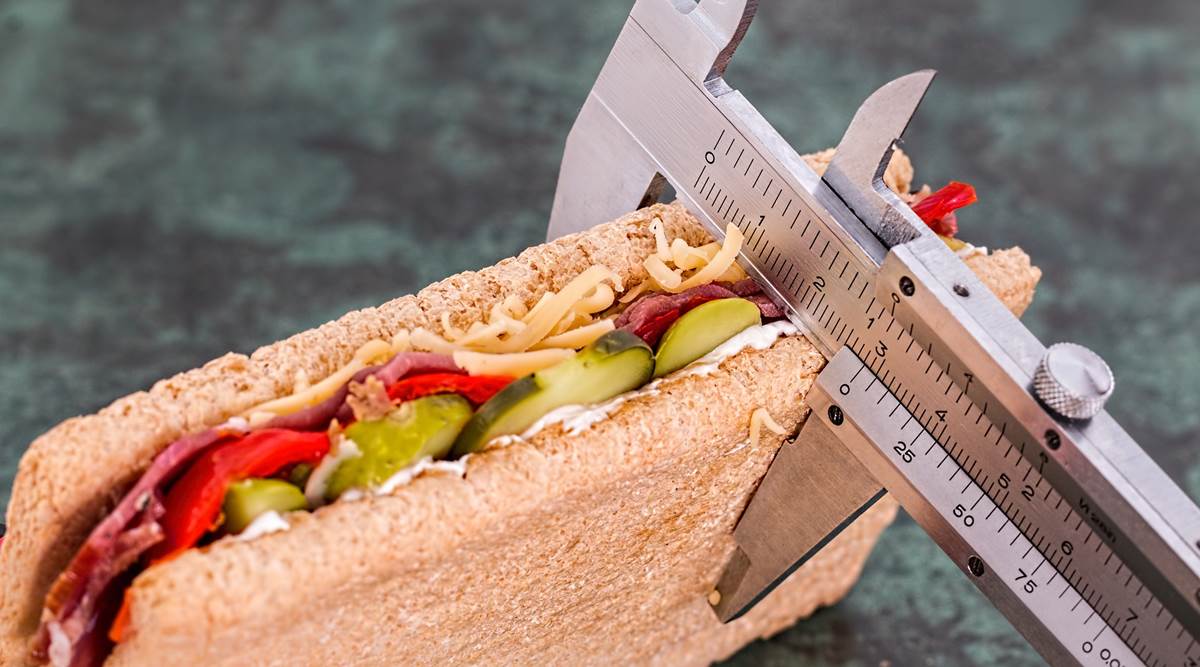UK sets out calorie-cut guidelines in anti-obesity drive
Research suggests that when someone eats out or has a takeaway meal, they consume on average 200 more calories per day.

The UK government is encouraging the food industry to support a nation-wide effort against obesity with voluntary calorie reduction guidelines to make it easier for people to choose healthier options in everyday meals and foods.
Cafes, fast food takeaways and restaurants have been urged to reduce the calorific content of the goods they sell by 20 per cent by 2024, given their key role in fighting obesity.
Public Health England (PHE) said that calories can be particularly high in takeaway and restaurant food, now a regular part of diets. For example, a pizza for one sold at a restaurant or takeaway can have as many as 2,320 calories compared to 1,368 calories when purchased from shops or supermarkets.
Research suggests that when someone eats out or has a takeaway meal, they consume on average 200 more calories per day.
“We can all do our bit to stay healthy, to help protect us from coronavirus and take pressure off the National Health Service (NHS),” said UK Public Health Minister Jo Churchill.
ALSO READ | Milind Soman busts three myths about healthy eating and fitness
“The food industry can play their part, by making it as easy as possible for everyone to eat more healthily. These guidelines will help them take positive action,” she said.
The government said the voluntary guidelines for industry are a key commitment as part of a wider anti-obesity strategy and have a renewed urgency following evidence from a recent PHE report that being overweight can increase the health risks from COVID-19.
High calories in many products in a broad range of everyday meals and foods are one of the reasons why many are consuming more calories than needed.
Dr Alison Tedstone, Chief Nutritionist for PHE, said: “Eating food and drink that’s higher in calories than people realise is one of the reasons why many of us are either overweight or obese.”
ALSO READ | ‘Soup-and-shake’ diet plan to be made available to thousands of diabetics in the UK
“This is about broadening choice for consumers, as well as making the healthier choice the easy choice. Progress to date on sugar and salt reduction has shown that this can happen without compromising on taste and quality.”
Besides an overall 20 per cent cut and a maximum calorie count level in any ready meal, the guidelines call for children’s meal bundles to have a 10 per cent calorie reduction.
A further 10 per cent calorie reduction ambition for retailers making ready meals, chips and garlic bread, alongside a maximum calorie guideline for all categories for crisps and savoury snacks and a 5 per cent ambition.
Combined guidelines for both sectors have been set for sandwiches cut by 5 per cent and pizza and pastry products by 20 per cent. PHE said that consuming too much salt is a major cause of high blood pressure which can lead to heart attacks and strokes.
ALSO READ | PCOS Awareness Month 2020: Things to keep in mind when following a PCOS diet
Despite progress in some categories, more needs to be done to help reduce salt intake from the current average of 8.4g per day towards the recommended 6g — a reduction of around a third of a teaspoon, which would help to prevent heart attacks and strokes, it said.
Industry’s progress against this week’s voluntary guidelines programme will be monitored with reports on calorie and salt reduction expected in 2022.
Some experts have called for tougher action and for all targets to be made mandatory.
For more lifestyle news, follow us: Twitter: lifestyle_ie | Facebook: IE Lifestyle | Instagram: ie_lifestyle
? The Indian Express is now on Telegram. Click here to join our channel (@indianexpress) and stay updated with the latest headlines
For all the latest Lifestyle News, download Indian Express App.
Source: Read Full Article


